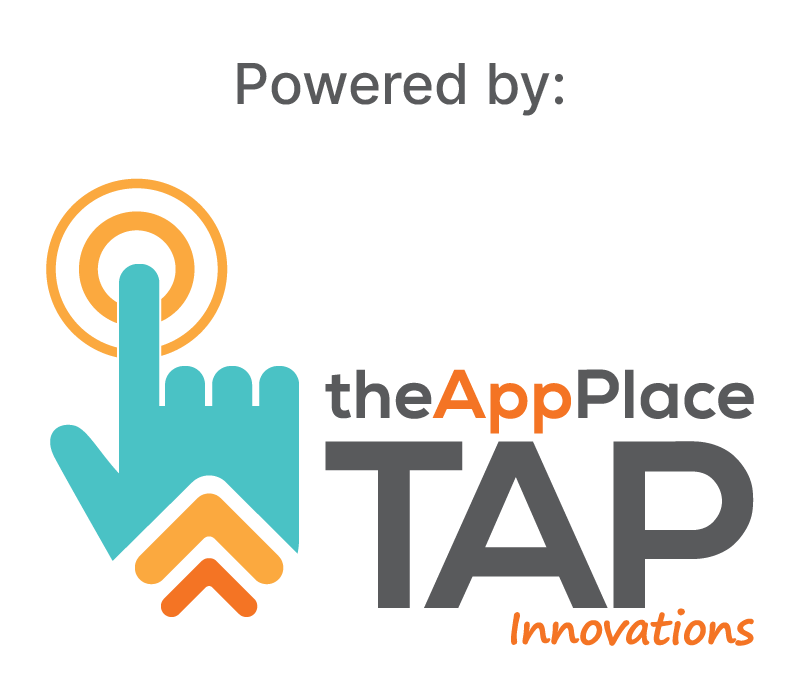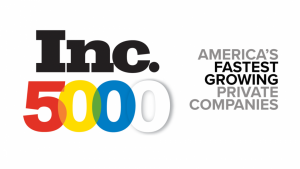Discover how TAP Innovations reshapes the user experience in timing sports events through adept custom application development. Business leaders, embark on a transformative journey with solutions tailored for both Android and iOS platforms.
Table of Contents
Part 1: Introduction
Part 2: Understanding the Challenges
Part 3: The Proposed Solution by TAP Innovations
Part 4: Tackling Defects and Bugs
Part 5: Solutions and Services Offered by TAP Innovations
Part 6: FAQs Surrounding the Topic
Part 7: Conclusion
Part 1: Introduction
In a world where precision and efficiency are paramount, the demand for accurate and user-friendly sports timers has escalated exponentially. IT leaders are constantly on the lookout for state-of-the-art technologies to integrate into the sporting domain, fostering not only improved performance but also fostering deeper engagement and analysis for both amateur and professional athletes. It’s no longer just about tracking time, it’s about deriving insights that can potentially transform an athlete’s performance trajectory.
Currently, Arena Gear stands as a recognizable entity in the market, carving out a niche with their innovative sports timers. These devices, adept at recording time lapses with extreme precision during various athletic events, have indeed changed the way training sessions and sporting events are conducted. However, the existing application seems to be grappling with several issues, notably concerning the Android platform which has not been up to par, marred by bugs and frequent disconnections.
TAP Innovations, a company renowned for its high customer satisfaction rating of 4.8 out of 5 and a robust presence across three countries, steps into the scene at this critical juncture. Leveraging their expertise in custom application development services, they propose to refine and enhance the functionalities of Arena Gear’s application. Through meticulous scrutiny of the current codebase and leveraging proven strategies in application integrations, TAP aims to streamline the user experience and bolster the app’s reliability, especially for Android users.
As the renowned inventor and business magnate, Elon Musk, once remarked, “If something is important enough, even if the odds are against you, you should still do it.” In the spirit of this quote, the initiative by TAP Innovations to revamp the Arena Gear application appears not only timely but almost imperative. The objective is clear – to not only restore but elevate the application to a level where it becomes the go-to solution for athletes, coaches, and sports enthusiasts seeking reliability and precision in timing devices.
As we delve deeper, we will explore the intricacies of this collaboration, laying out the challenges and pinpointing the solutions that promise to revolutionize the sports timing industry. What specific modifications are on the horizon and how will they alleviate the current pain points? Stay tuned as we unravel this promising collaboration, and witness a transformation that promises to set a new standard in sports technology. Will TAP Innovations manage to harness their profound expertise and rich history to redefine the boundaries of what’s possible in the domain of sports timing applications? Let’s forge ahead to discover how this symbiotic relationship between TAP Innovations and Arena Gear is set to redefine standards and expectations in the industry.
Part 2: Understanding the Challenges
In the rapidly evolving world of technology, business leaders are persistently grappling with the need to address pressing issues that emerge in various software platforms. In line with this, understanding the challenges that are currently experienced in the Arena Gear application serves as a critical step towards facilitating smoother operations and better user experiences. Here, we aim to provide a deep analysis of the prevalent problems and identify areas that are poised for refinement.
Analysis of Common Problems with the Current System
1. Software glitches causing frequent disconnects on Android devices
The Arena Gear application appears to be fraught with software glitches, particularly for Android users. These technical hiccups have resulted in frequent disconnections, disrupting the smooth operation of sports timers. This not only hampers the user experience but potentially affects the accurate recording of data, a vital aspect in any sports event.
2. Difficulties with editing and updating race times and penalties
Next on the list of challenges is the cumbersome process involved in editing and updating race times and penalties. Users have reported issues with the application’s flexibility, making it a daunting task to rectify errors or make necessary adjustments during events. This bottleneck, unfortunately, could result in time delays and discrepancies, which are unacceptable in the fast-paced environment of sports competitions.
3. Delays during device connection resets
Furthermore, users have encountered significant delays during device connection resets, which has been a major deterrent in achieving seamless operations. The current system seems to lack the robustness required to facilitate swift transitions between different phases of a sports event, thus necessitating a pressing overhaul to enhance efficiency and reliability.
Identifying Areas in the Current Feature Set that Require Refinement
In light of these challenges, it becomes imperative to focus on refining the current feature set of the application. The goal here is to foster an environment where software reliability is not compromised, and users can leverage the application to its full potential without facing hurdles in their operations.
In the wise words of Steve Jobs, co-founder of Apple Inc., “You can’t just ask customers what they want and then try to give that to them. By the time you get it built, they’ll want something new.” This sentiment rings true in the context of custom application development, where the needs and expectations of users are continuously evolving.
As we delve into solving these issues, incorporating sophisticated strategies such as application integrations becomes vital. This approach not only promises a refined user experience but also catapults the application to a higher echelon of efficiency and reliability.
Part 3: The Proposed Solution by TAP Innovations
In the dynamically advancing sphere of technology, the objective is to keep the wheels turning swiftly and efficiently. As we progress into the core segment where solutions are the focal point, let’s scrutinize the path that TAP Innovations proposes to tread in order to remedy the prevailing challenges. Garnering insights from a plethora of experiences across varied industries, TAP Innovations is at the forefront of custom application development, working meticulously to deliver substantial improvements in the existing system.
Detailed Review of the Existing iOS and POC Codebases
To initiate, a thorough analysis of the existing iOS and Proof of Concept (POC) codebases is imperative. This step serves as a foundation upon which robust and efficient applications will be built. Understanding the intricacies of the current codebases can potentially unveil areas that are ripe for improvements and optimizations, thereby streamlining the process for future modifications.
The Multi-Phased Approach
TAP Innovations proposes a multi-phased strategy to ensure a comprehensive solution is attained. This structured plan guarantees that no stone is left unturned, fostering a holistic development process.
• Phase 1: Refactoring the Codebase to React Native
By migrating to a React Native framework, a harmonized platform serving both Android and iOS devices efficiently is envisioned. This transition not only promises improved functionality but also a consistent user experience across different devices, harnessing the power of a single codebase to facilitate quicker updates and bug resolutions.
• Implementation of Functionality Modifications as Detailed in the Proposal
Drawing on the blueprint detailed in the proposal, an array of functionality modifications will be implemented. This segment involves enhancing the system’s capabilities to meet the evolving needs and preferences of users, ultimately creating a platform that is adaptive and in tune with the current market demands.
Quality Assurance (QA) and User Acceptance Testing (UAT) Strategies to Validate Resolutions
After implementing the proposed modifications, a critical step follows: assuring the quality of the solutions. Implementing a rigorous Quality Assurance (QA) strategy ensures that the revamped application meets the necessary standards and functions without hitches. Following this, User Acceptance Testing (UAT) strategies are put in place to validate the resolutions, offering a platform where users can interact with the system and provide feedback, fostering further refinements before a full-scale deployment.
As Helen Keller once said, “Alone we can do so little; together we can do so much.” It indeed mirrors the collaborative spirit that TAP Innovations embodies in its approach towards application integrations, continually working hand-in-hand with stakeholders to achieve a common goal.
Part 4: Tackling Defects and Bugs
In the quest to maintain a robust digital infrastructure, addressing defects and bugs is a critical activity that can significantly influence the effectiveness of a system. As business leaders, understanding how to identify and formulate strategies to tackle these issues can elevate the reliability and efficiency of custom application development processes. Below, we delve deeper into the specifics of identifying notable defects and bugs and the strategies to mitigate them, with a keen focus on enhancing system reliability and minimizing errors.
Identification and Discussion of Noted Defects and Bugs to be Addressed
When it comes to defect and bug management, a proactive approach that encompasses detailed identification and discussion is vital. It is essential to maintain a repository that logs these defects systematically, highlighting the severity and potential impact on the system. By fostering discussions around these identified issues, teams can gain insights into the underlying causes and work towards developing informed solutions. This process not only aids in streamlining the workflow but also sets the stage for more stable and reliable application integrations in the future.
Strategies and Methods to Address and Resolve These Issues
To combat the noted defects and bugs efficiently, employing strategic methods is key. Here are some of the viable strategies:
• Root Cause Analysis: Identifying the underlying causes of the issues, to prevent their recurrence in the future.
• Automated Testing: Implementing automated testing procedures to promptly detect and address bugs during the development phases.
• Code Reviews: Regular code reviews to maintain a standard of excellence and prevent potential defects at the initial stages.
• Continuous Monitoring: Setting up systems for continuous monitoring to detect anomalies and resolve them swiftly.
• Feedback Loops: Establishing feedback loops with users to gain insights into real-time issues and make necessary adjustments.
Emphasis on Enhancing Reliability and Reducing Errors
Enhancing reliability and curtailing errors are paramount in fostering user trust and building a resilient system. This involves the implementation of best practices in coding, meticulous testing, and fostering a culture of continuous improvement. It’s a concerted effort to not only resolve existing issues but to anticipate potential challenges and address them preemptively.
As Bill Gates aptly noted, “The first rule of any technology used in a business is that automation applied to an efficient operation will magnify the efficiency. The second is that automation applied to an inefficient operation will magnify the inefficiency.” This quote underlines the importance of a strategic approach towards tackling defects and bugs in a system.
In conclusion, addressing defects and bugs with a meticulous and strategic approach is a vital aspect in maintaining a resilient digital infrastructure. As business leaders, embracing these strategies can be a significant step towards achieving operational excellence.
Part 5: Solutions and Services Offered by TAP Innovations
In an ever-evolving digital environment, offering efficient solutions that adapt to the current demands is critical. This section elaborates on the newest feature modifications and additions by TAP Innovations, accentuating how these enhancements can proficiently address the identified challenges.
Local Database for Storing Participants and Results
The introduction of a local database for storing participants and results stands as a remarkable innovation in the sector of custom application development. This upgrade enables an efficient data management system where you can locally store and manage crucial information pertaining to participants and their respective results with utmost accuracy and security. It paves the way for better control and data retrieval, which, in turn, promotes an organized, scalable, and highly reliable data management solution.
Enhanced Filtering and Sorting Options in the Results Menu
In the pursuit of facilitating a user-friendly interface, TAP Innovations has instigated enhanced filtering and sorting options in the results menu. This development enables users to streamline their search process, filtering results based on various parameters, which optimizes time and enhances productivity. The sorting options permit users to organize data in a manner that best suits their analytical needs, fostering improved data visualization and decision-making processes.
Streamlining Participant Entry and Class Categorization
Recognizing the need for a seamless workflow, the latest update presents a streamlined approach to participant entry and class categorization. This addition simplifies the data entry process, minimizing potential errors and saving time. It fosters a structured categorization method, which helps in organizing participant data efficiently, facilitating an expedited retrieval process and aiding in a smoother operation overall.
Benefits of These Solutions, Emphasizing How They Directly Address Identified Challenges
Implementing these solutions proves advantageous as they address the primary challenges identified in application integrations. Firstly, the local database integration stands as a testimony to enhanced data security and management. Secondly, the improved filtering and sorting options foster a user-friendly environment, facilitating ease of access and analysis. Lastly, the streamlined participant entry and class categorization eliminate complexities, making the process more straightforward and less prone to errors.
As Steve Jobs once remarked, “Innovation distinguishes between a leader and a follower.” These enhancements embody the innovation that sets TAP Innovations at the forefront of the industry, leading the charge in offering solutions that are not only advanced but also user-centric.
Part 6: FAQs Surrounding the Topic
As the digital age continues to advance, businesses are persistently seeking for strategic insights and answers to foster growth and innovation. This segment presents a detailed analysis of the frequently asked questions surrounding the contemporary advancements and strategies in the field of custom application development and integrations.
1. How does refactoring the codebase to React Native enhance the app’s functionality and user experience?
Refactoring the codebase to React Native is a significant step towards bolstering the functionality and user experience of an app. Let us delve deeper into this:
• Enhanced Cross-Platform Compatibility and Reduced Maintenance Efforts: Refactoring to React Native allows for a unified codebase that can run on both Android and iOS platforms. This not only reduces the development time but also significantly cuts down on maintenance efforts. By opting for this approach, businesses can ensure a consistent user experience across different platforms, thus enhancing overall user satisfaction.
2. What new modifications in the feature set are anticipated to bring a marked improvement in app performance?
Understanding the nuances of feature modifications can be instrumental in leveraging the full potential of an app. Here are the details:
• Addition of Local Database, Improved Data Filtering and Exporting Functionalities: Incorporating a local database is expected to revolutionize data handling capabilities, enabling faster data retrieval and secure storage. Additionally, the improved data filtering and exporting functionalities are anticipated to offer a seamless user experience, promoting efficient data management and analysis, which can be critical in making informed business decisions.
3. What strategies are adopted by TAP Innovations to ensure smooth device connectivity and reduced errors?
Tackling device connectivity issues and reducing errors is vital for the successful implementation of any application. Here we explore the strategies employed:
• Addressing Noted Defects and Bugs with Focused Development Strategies: TAP Innovations adopts a proactive approach in identifying and addressing defects and bugs. Leveraging their expertise in custom application development, they implement focused development strategies that are designed to minimize errors and ensure smooth device connectivity. This approach not only promotes a robust application infrastructure but also enhances the reliability and performance of the system.
As the great inventor, Thomas Edison stated, “There’s a way to do it better – find it.” This ethos seems to resonate well with the current trends in application development and integrations, where continuous improvement is the key to success.
Part 7: Conclusion
In the contemporary business environment, leveraging state-of-the-art technology to facilitate seamless application integrations is pivotal. As we draw this insightful discussion to a close, it becomes essential to revisit the challenges identified and the adept solutions proposed by TAP Innovations, emphasizing the significant business impacts and the anticipated growth trajectory for the revamped applications.
• Recap of the Identified Challenges and the Solutions Proposed by TAP Innovations
Throughout this discourse, we have unveiled a series of complex challenges that business leaders encounter in the domain of custom application development. The hurdles of maintaining cross-platform compatibility, enhancing feature sets for improved app performance, and ensuring seamless device connectivity were scrutinized. To navigate these, TAP Innovations steps in with their expert custom application development services. Their approach focuses on streamlining operations and minimizing errors through robust strategies, setting a high bar in the industry.
• Emphasizing the Business Impact and Potential ROI with the Revamped Application
An important facet to consider is the profound business impact and potential ROI that comes with revitalizing applications. TAP Innovations aims at not only alleviating the prevalent issues but elevating the entire business process to a new echelon. By incorporating modernized features and functionalities, businesses can anticipate a surge in user satisfaction, thereby fostering an increase in ROI. These enhancements are not just mere upgrades; they are investments that pave the way for greater business success and customer satisfaction.
“Innovation distinguishes between a leader and a follower.” – Steve Jobs, Co-founder, Apple Inc. This quote resonates profoundly with the mission of TAP Innovations, channeling innovation to carve a leadership position in the business world.
Future Perspectives: Anticipating the Growth and Evolution of the Application
Looking ahead, one can envision the transformative journey that applications are set to undertake. With the continuous evolution of technology, applications are expected to become more agile, intuitive, and user-centric. The relentless pursuit of innovation by companies like TAP Innovations signals a promising future, where applications will not only meet the current demands but will be adept at foreseeing and adapting to future trends and necessities.
To stay ahead in this dynamic environment, it is critical to align with a partner who harbors a deep-rooted understanding of the complexities involved in application integrations. Drawing upon their rich history of connecting over 2,500 systems and 1,500 locations, and serving more than 300 customers across 25 industries in 3 countries, TAP Innovations emerges as a reliable ally in this venture.








